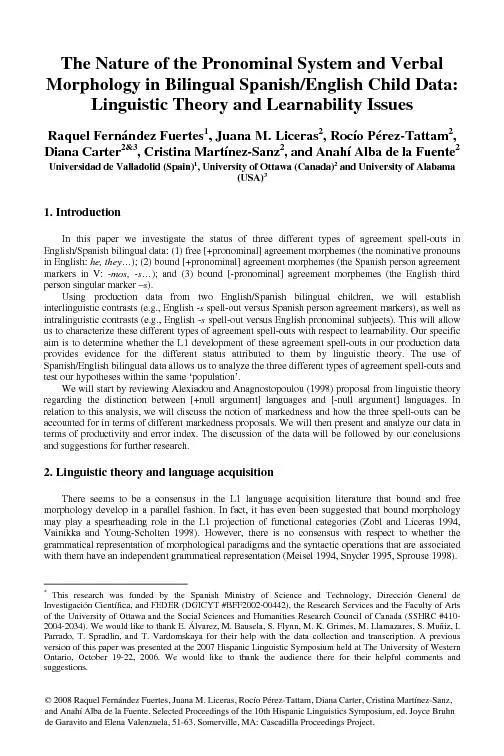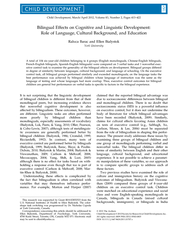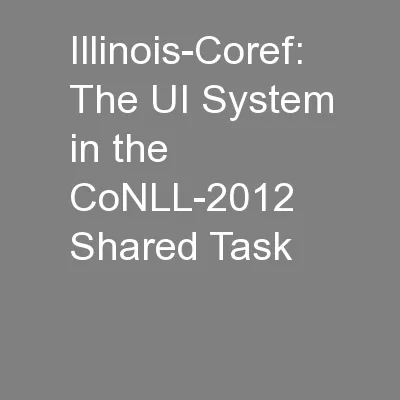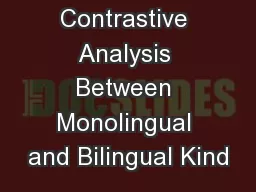PDF-The Nature of the Pronominal System and VerbalMorphology in Bilingual
Author : phoebe-click | Published Date : 2016-07-14
This research was funded by the Spanish Ministry of Science and TechnologyDGICYT BFF200200442 the Research Services and the Faculty of Arts of the University of
Presentation Embed Code
Download Presentation
Download Presentation The PPT/PDF document "The Nature of the Pronominal System and ..." is the property of its rightful owner. Permission is granted to download and print the materials on this website for personal, non-commercial use only, and to display it on your personal computer provided you do not modify the materials and that you retain all copyright notices contained in the materials. By downloading content from our website, you accept the terms of this agreement.
The Nature of the Pronominal System and VerbalMorphology in Bilingual: Transcript
Download Rules Of Document
"The Nature of the Pronominal System and VerbalMorphology in Bilingual"The content belongs to its owner. You may download and print it for personal use, without modification, and keep all copyright notices. By downloading, you agree to these terms.
Related Documents














